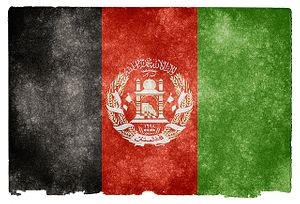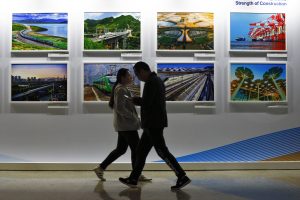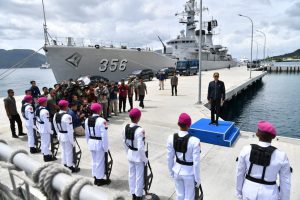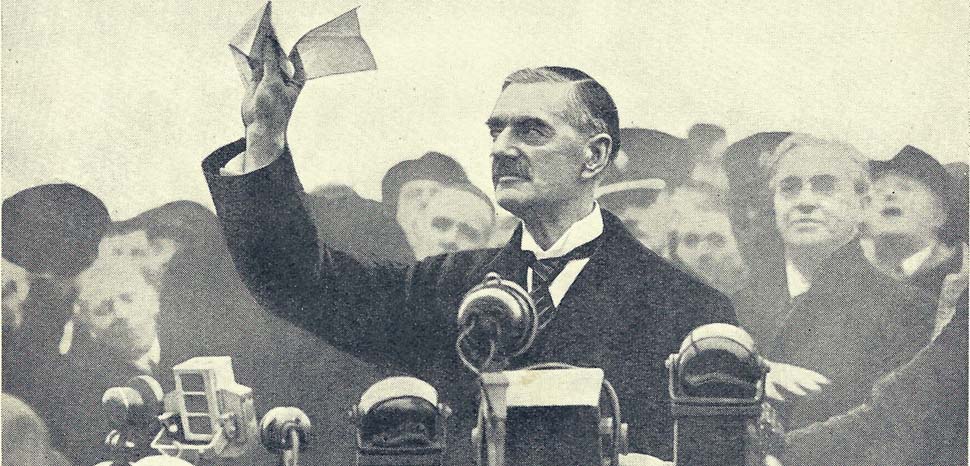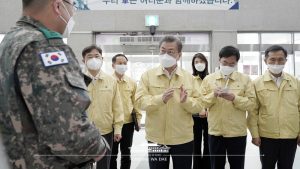By Kathy Gannon
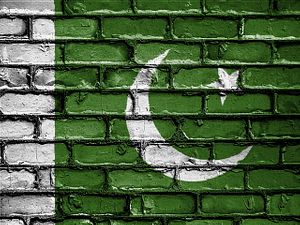 Pakistan has asked neighboring Afghanistan to extradite a leader in the local Islamic State affiliate who was arrested in an Afghan intelligence operation in southern Afghanistan earlier this month, the foreign ministry said.
Pakistan has asked neighboring Afghanistan to extradite a leader in the local Islamic State affiliate who was arrested in an Afghan intelligence operation in southern Afghanistan earlier this month, the foreign ministry said.
Aslam Farooqi is a Pakistani national wanted in connection with attacks claimed by IS in Pakistan. The Afghan government accuses him of involvement in last month’s attack on a Sikh house of worship in the Afghan capital, Kabul, that killed 25 worshipers.
The Islamic State group, on the website of its Amaq news agency, claimed responsibility for the attack, saying it was carried out by Indian national Abu Khalid Al-Hindi in revenge for Indian military actions in the violence-wracked India-administered section of the disputed Himalayan region of Kashmir.
A single gunman rampaged through the Gurdwara, a Sikh place of worship, exploding grenades and firing at worshipers before Afghan special forces killed the attacker. There were about 150 people inside at the time.
